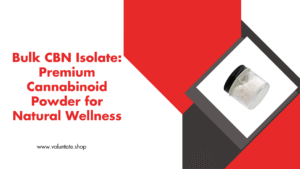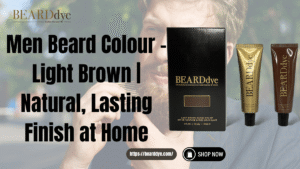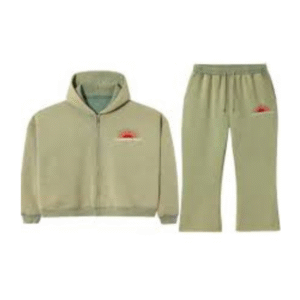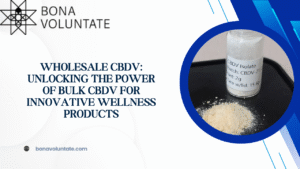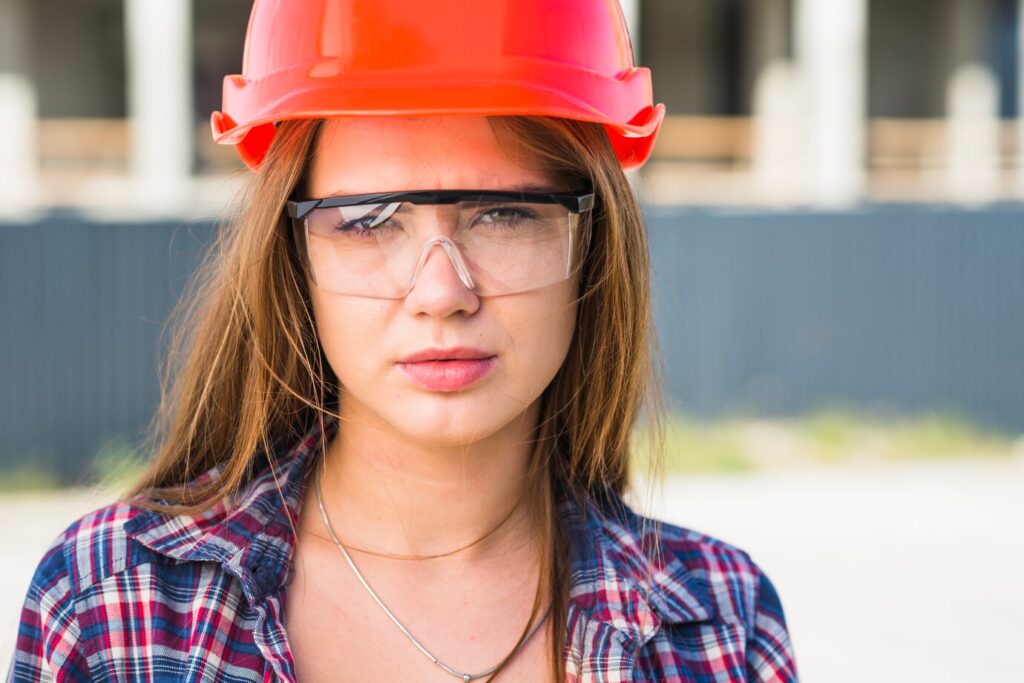
Safety vision glasses
Eye safety is one of the most overlooked aspects in both personal and professional environments. Whether you’re on a construction site, in a laboratory, or simply mowing the lawn, safety eye glasses play a pivotal role in protecting your vision. With the rise in workplace injuries and environmental hazards, the demand for high-quality protective glasses has surged. This guide will walk you through everything from how they work to how to choose the best pair.
Safety Eye Glasses: What Are They?
Safety eye glasses are designed to shield your eyes from various hazards including dust, flying debris, chemicals, and UV rays. Unlike regular glasses, these are built to withstand high impacts and offer full coverage around the eye socket. They often include features like anti-fog coating, side shields, and shatterproof lenses.
Types of Protective Eyewear
There’s no one-size-fits-all when it comes to protective eyewear. You’ll find:
-
Impact-resistant lenses: For construction and manufacturing.
-
Chemical splash goggles: Perfect for lab work.
-
UV-blocking safety glasses: Essential for outdoor activities.
Each type is engineered with a specific use in mind, ensuring optimal protection based on the environment.
Work Safety Glasses in Industrial Environments
Factories and construction zones pose significant risks to your eyes—sparks, metal shards, or dust particles can cause irreversible damage. Work safety glasses provide enhanced durability, wraparound coverage, and clear vision even in dusty or low-light conditions.
Protective Eye Wear in Healthcare
Doctors, nurses, and medical technicians are increasingly using protective eye wear to prevent exposure to infectious fluids and chemicals. During the COVID-19 pandemic, their importance was further recognized in ensuring frontline safety.
Eye Protection Glasses in Laboratories
Labs often use volatile substances that can splash or vaporize unexpectedly. Eye protection glasses with full-seal goggles, anti-fog coating, and adjustable straps offer critical defense in these high-risk settings.
Protective Glasses for Welding and Metalwork
Welding emits intense UV light and flying metal sparks, which can be extremely damaging. Specialized protective glasses or helmets with shaded lenses (often rated by darkness levels) are essential for welders and machinists.
Sports and Recreational Use of Safety Eyeglasses
In sports like cycling, squash, or shooting, a misjudged move can lead to severe eye trauma. Safety eyeglasses designed for athletes are lightweight, secure-fitting, and often come with tinted lenses for outdoor use.
Safety Vision Glasses for Daily Tasks
Ever tried mowing the lawn without glasses? One stray pebble can be all it takes. Safety vision glasses can make everyday chores safer, reducing accidents during DIY, carpentry, or automotive repairs.
Trends in Safety Eyeglasses Designs
Gone are the days of bulky, unattractive eyewear. Today’s protective eye wear is sleek, comfortable, and even customizable. Stylish frames and anti-scratch, tinted lenses make them suitable for prolonged wear.
ANSI and OSHA Safety Standards
In the US, safety eyewear must comply with ANSI Z87.1 standards, ensuring durability and resistance. OSHA mandates eye protection in hazardous workplaces. Always look for certification before buying.
Choosing the Right Protective Eye Glasses
Here’s what you should consider:
-
Fit: Snug without pinching
-
Lens Type: Clear, tinted, or anti-reflective
-
Material: Polycarbonate or Trivex
Choosing the right protective glasses ensures both safety and comfort.
Prescription Safety Glasses: A Must for Clear Vision
For those who already wear glasses, prescription safety glasses are a game-changer. They eliminate the need to wear goggles over spectacles and can be customized for bifocals or progressive lenses.
Protective Eye Glasses for Children
Children are curious explorers, often unaware of dangers. Be it during science experiments or play, lightweight and colorful protective glasses help keep young eyes safe.
Top Materials Used in Safety Eyeglasses
The most common materials include:
-
Polycarbonate: Lightweight and impact-resistant
-
Trivex: Slightly clearer and equally durable
-
Acrylic: More affordable but less durable
Benefits of Using Certified Safety Eyewear
Wearing certified safety glasses reduces injuries, boosts productivity, and can even lower insurance premiums. A small investment in protection reaps big long-term rewards.
Common Eye Injuries Without Protection
According to the CDC, nearly 2,000 US workers sustain eye injuries daily. Most could be prevented with protective eye wear. Common injuries include corneal abrasions, chemical burns, and punctures.
How to Maintain and Clean Your Eye Protection Glasses
Always use a microfiber cloth and lens-safe cleaner. Avoid paper towels or abrasive wipes. Store glasses in a hard-shell case to prevent scratches and damage.
Smart Safety Glasses and Wearable Tech
Modern safety glasses are now integrating cameras, AR displays, and sensors—used widely in fields like remote construction management and healthcare diagnostics.
Customizable Safety Eyeglasses for Branding
Many companies print logos or offer frame colors matching corporate identity. Branded safety eyeglasses also promote employee pride and consistency.
Affordability and Accessibility of Protective Eye Wear
From budget-friendly bulk packs to high-end tactical eyewear, there’s something for every pocket. Online platforms now make it easier to order quality safety glasses from anywhere.
User Reviews and Testimonials
Users report increased comfort, reduced injuries, and greater peace of mind. “Ever since our warehouse adopted prescription safety glasses, injury rates dropped by 70%,” shared one supervisor.
Challenges in Safety Eyewear Adoption
Resistance often stems from poor design or lack of awareness. But with modern innovations and better education, adoption is steadily improving across sectors.
Future of Protective Eyewear Industry
Smart integrations, better aesthetics, and eco-friendly materials are paving the future. As safety regulations evolve, the demand for high-performance eye protection glasses will only grow.
Conclusion
Safety eye glasses aren’t just accessories—they’re necessities. Whether you’re on the job, at home, or enjoying your favorite sport, investing in quality protective glasses can prevent injuries and even save your sight. Stay safe, stay smart.
FAQs
How do I choose the best safety eye glasses for my work?
Choose glasses that meet ANSI standards, offer a snug fit, and are appropriate for your specific job hazards—like chemical resistance or impact protection.
Are safety glasses and goggles the same?
Not exactly. Goggles offer a tighter seal around the eyes, ideal for chemical splash protection, while glasses are more breathable and suitable for general use.
Can I get prescription lenses in safety glasses?
Absolutely. Many manufacturers offer prescription-ready frames tailored to your vision correction needs.
Do safety glasses expire?
They don’t have an official expiration, but scratched or worn lenses should be replaced to ensure clear vision and safety.
Can children wear safety glasses?
Yes, there are lightweight and adjustable models specifically designed for kids’ safety.
What should I do if my safety glasses fog up?
Opt for models with anti-fog coating, or apply a commercial anti-fog spray regularly to maintain clear vision.

